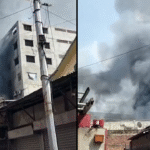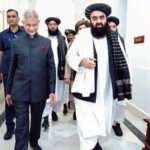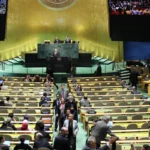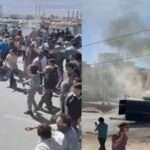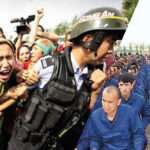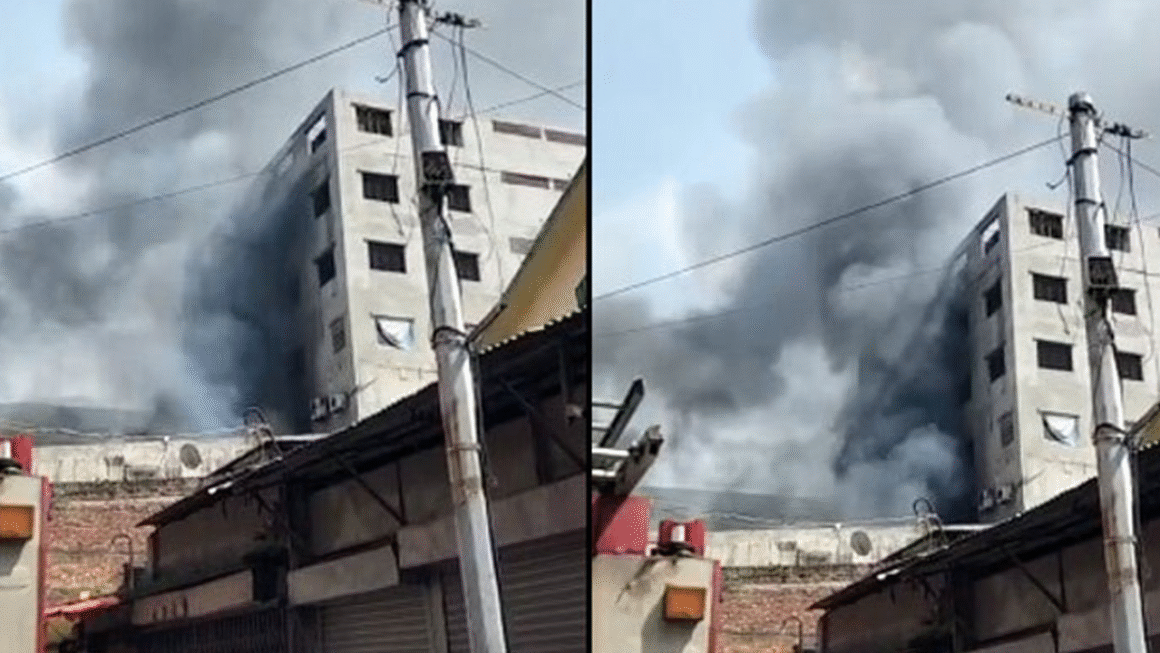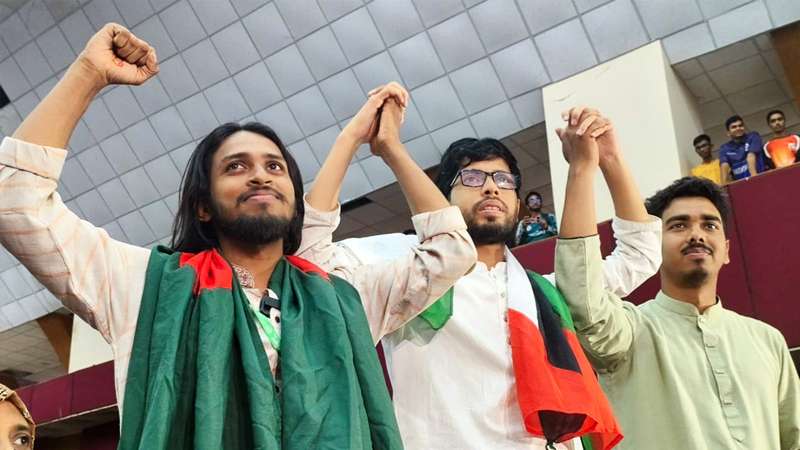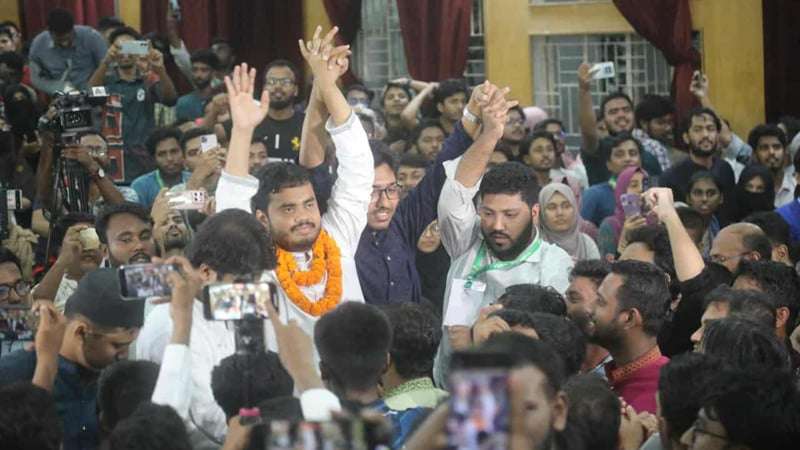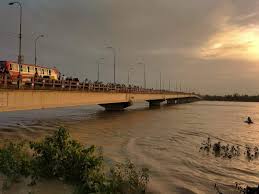 Overview of Kurigram District-
Overview of Kurigram District-
Kurigram District is a serene and culturally rich region located in the northern part of Bangladesh, falling under the Rangpur Division. Known for its extensive river systems, fertile agricultural land, and socio-economic diversity, Kurigram District has grown in significance in recent years, especially in the context of rural development and eco-tourism.
The name “Kurigram” is believed to have originated from “Kuri” (meaning twenty) and “gram” (meaning village), indicating an area composed of multiple rural communities.
History of Kurigram District-
The history of Kurigram District is closely tied to the greater Rangpur region and has deep roots in ancient Bengal civilization. Historically, the area was under the rule of different Hindu and Muslim kings before the arrival of the Mughals.
In the British colonial period, Kurigram was a part of the larger Rangpur District. It was upgraded to a sub-division in 1874 and eventually became a full-fledged district in 1984. During the Bangladesh Liberation War in 1971, Kurigram witnessed significant resistance and sacrifice.
Numerous ancient relics, temples, and mosques in the area reflect the multi-cultural past of this district.
Geography and Location-
Kurigram District lies between 25°23′ and 26°14′ north latitudes and between 89°18′ and 89°57′ east longitudes. It shares borders with India’s West Bengal and Assam states to the north and east, and with Lalmonirhat, Rangpur, and Gaibandha districts to the west and south.
The district is largely a low-lying floodplain, crisscrossed by major rivers like:
- Brahmaputra (Jamuna)
- Dharla
- Teesta
- Dudhkumar
- Jinjiram
These rivers contribute significantly to agriculture, fisheries, and inland communication but also make the region vulnerable to seasonal floods and river erosion.
Administrative Structure-
Kurigram District is administratively divided into 9 upazilas:
- Kurigram Sadar
- Ulipur
- Rajarhat
- Chilmari
- Rowmari
- Char Rajibpur
- Nageshwari
- Bhurungamari
- Phulbari
Each upazila is further divided into unions and wards, creating a well-distributed local governance system. Kurigram Sadar is the administrative and economic hub of the district.
Demographics-
According to the 2022 census, the population of Kurigram District is approximately 2.4 million. The majority of the population is Muslim, with Hindus being the largest minority. A few indigenous communities also live in the border areas.
- Population: ~2.4 million
- Literacy Rate: Approximately 64%
- Languages Spoken: Bengali (official), local dialects, and some indigenous tongues
The people of Kurigram are known for their hospitality, resilience, and cultural vibrancy.
Economy of Kurigram District-
The economy of Kurigram District is largely agro-based. Thanks to the riverine landscape and fertile alluvial soil, it produces large quantities of rice, jute, vegetables, maize, and tobacco.
Other economic contributors include:
- Fishing in the Teesta and Brahmaputra rivers
- Cattle rearing and dairy farming
- Rural handicrafts (especially bamboo and cane products)
- Weekly bazaars (haats) and small-scale trade
- NGO and microcredit programs supporting rural entrepreneurship
Kurigram is one of the districts prioritized for poverty reduction and infrastructure development by both government and NGOs.
Education-
Kurigram has been making steady progress in the education sector. It hosts numerous government and private institutions including colleges, high schools, and technical training centers.
Notable institutions include:
- Kurigram Government College
- Kurigram Government Girls’ High School
- Ulipur M.S. High School & College
- Rowmari Degree College
NGOs like BRAC and UCEP play a vital role in informal education and women’s literacy in rural areas.
Health and Medical Services-
Healthcare in Kurigram District includes a mix of public and private facilities:
- Kurigram District Hospital – The primary public healthcare center
- Upazila Health Complexes – Located in each upazila
- Community Clinics – Serving rural health needs
- NGO and Private Clinics – Offering specialized and maternal care
Despite the presence of these facilities, rural areas still face shortages of doctors, modern medical equipment, and emergency services.
Culture and Festivals-
The cultural scene in Kurigram District is vibrant and rooted in traditional Bengali customs. Folk songs, local fairs, and seasonal festivals reflect the soul of rural Bengal.
Cultural elements include:
- Bhawaiya and Bhatiali songs
- Traditional drama (Jatra)
- Poush Mela and Nabanna festivals
- Eid-ul-Fitr, Eid-ul-Adha, and Durga Puja celebrations
Local artisans often make handicrafts, clay toys, and musical instruments used in cultural festivities.
Tourist Attractions in Kurigram District-
Though not as commercialized as other tourist hotspots, Kurigram offers numerous historical and scenic places to visit:
- Chilmari River Port – An important terminal during British rule and now a peaceful scenic spot
- Nageshwari Rajbari – An ancient palace complex with historical significance
- Dharla River Bridge – A modern engineering marvel and photo spot
- Bharat-Bhanga Canal – A symbol of nature and engineering heritage
- Shah Ismail Ghazi Mazar – A shrine with religious and historical importance
- Border Areas in Bhurungamari – Showcasing cross-cultural influence and Indo-Bangla border life
Eco-tourism and river cruises are growing in popularity, especially around the Teesta and Brahmaputra riverbanks.
Transportation and Communication-
Kurigram is well connected via road and rail networks:
- Road: Direct buses to Dhaka, Rangpur, Bogura, and Rajshahi
- Rail: Kurigram Express provides direct train service to Dhaka
- River Routes: Local boats and ferry services, especially near Chilmari and Rowmari
Telecommunication services are widely available, with all major mobile operators offering 4G services. Internet penetration is growing steadily, especially among the youth and students.
Notable People from Kurigram-
Some notable individuals from Kurigram District include:
- Mostafizur Rahman – Educationist and former Education Minister
- Dr. Enamul Haque – Renowned historian and archaeologist
- Kurigram-based freedom fighters – Who played pivotal roles in the 1971 Liberation War
Environmental Issues and Climate-
Kurigram faces regular environmental challenges due to its riverine nature:
- Floods – Common during monsoon, displacing thousands annually
- River Erosion – Affects riverbanks and farming land
- Infrastructure Damage – Especially in char (riverine island) areas
However, the government and NGOs are actively working on embankment construction, river dredging, and relocation plans for affected populations.
Best Time to Visit Kurigram District-
The best time to visit Kurigram District is between November and February, during the winter season. The weather is cool, dry, and ideal for sightseeing, boating, and exploring char lands and riverbanks.
Avoid visiting during the monsoon months (June to September), as floods and heavy rainfall can disrupt transportation and tourism activities. However, if you’re interested in the natural power of Bangladesh’s rivers, monsoon brings a different but raw beauty to the region.
Conclusion-
Kurigram District may not yet be on the top list of tourist destinations in Bangladesh, but its quiet charm, historic roots, and cultural richness make it a hidden gem worth exploring. From the flowing rivers of Teesta and Brahmaputra to the ancient Rajbaris and shrines, Kurigram offers an authentic taste of rural Bangladesh.
With growing development, improved connectivity, and rising eco-tourism, Kurigram District has the potential to become a significant regional hub for both history lovers and nature seekers. Whether you’re interested in photography, culture, or simply escaping the chaos of city life, Kurigram welcomes you with open arms.
FAQs About Kurigram District-
What is Kurigram District famous for?
Kurigram District is known for its rivers, agriculture, cultural diversity, and borderland connectivity. It also has historical places like Nageshwari Rajbari and Chilmari Port.
How many upazilas are there in Kurigram District?
There are 9 upazilas in Kurigram District: Kurigram Sadar, Ulipur, Rajarhat, Chilmari, Rowmari, Char Rajibpur, Nageshwari, Bhurungamari, and Phulbari.
Which rivers flow through Kurigram?
Major rivers in Kurigram include Brahmaputra, Teesta, Dharla, Dudhkumar, and Jinjiram.
Is Kurigram good for tourism?
Yes, especially for those interested in rural tourism, river cruises, and historical exploration. It is a peaceful destination for cultural and eco-tourism.
How do I get to Kurigram from Dhaka?
You can reach Kurigram via train (Kurigram Express) or bus from Dhaka. The journey takes approximately 8-10 hours depending on the mode of transport.
What is the best time to visit Kurigram District?
The best time to visit is between November and February when the weather is cool and dry.
What language is spoken in Kurigram?
The primary language is Bengali, but local dialects and a few indigenous languages are also spoken in border regions.

